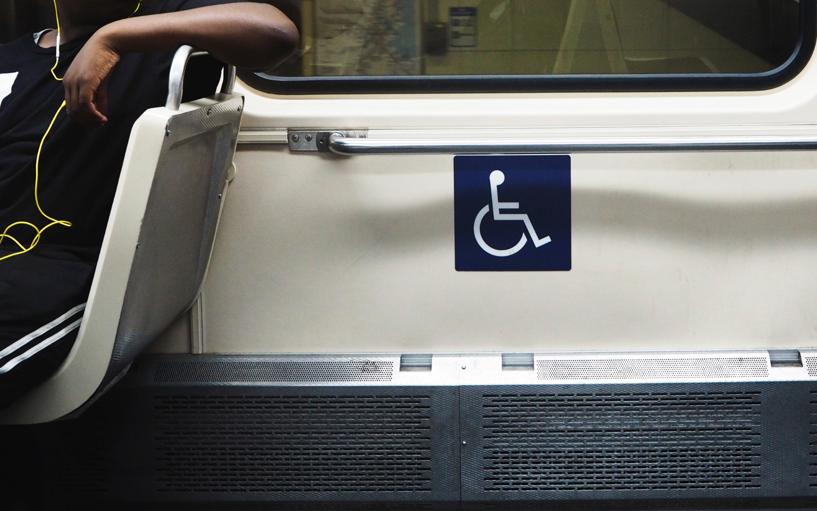Planning to stay in your home? It’s time to make sure it’s designed to suit your changing needs. If you are deciding whether to move or renovate for aging in place, there is lots to consider. Can you renovate for aging in place or is it time to move to a different home that will accommodate your long term plans?
90% of Americans over the age of 65 want to remain in their homes as they age, rather than move to assisted living.
You can add wheelchair lifts, roll in showers and other accessibility products to any home at any time. However, seniors who plan for aging in place before they actually require accessible products are better prepared and have more options than those who wait until there is an emergency or sudden need for accessibility in their home.
Many factors can influence your decision to renovate your current home or move to a more suitable abode. Even if you move, you will still likely need to do renovations in your new place, but those renovations may be less costly depending on the overall layout of the house.
Factors to consider when you are deciding to move or renovate for aging in place
• Layout of the House – The ideal house design for aging in place is a single level home on a flat lot. A multi-story home could work if there is already a main floor bedroom and full bathroom, or if those rooms can be added easily. Houses with vital rooms on the upper floors do not have a good layout for creating accessibility and could be costly to renovate. Installing a stair lift or vertical lift can be a costly endeavor and may not be possible depending on the layout, so it’s best to plan for a single floor.
• Location – Access to grocery shopping, medical and emergency services and other community services will be more important as you age. Proximity to other support resources, like family members and friends, religious community, and social clubs will be important as well. When seniors or those with mobility disabilities find it difficult to get out or are location isolated, they are more likely to become depressed and lonely. The more social roles one has, the healthier we are. So it’s important to be close to the community and loved ones, especially if you require help moving around.
• Cost comparisons – Be sure to research all costs involved in renovations. Research immediate project requirements and anticipate future renovations that will be needed to accommodate changing needs. Compare all renovation costs with the possibility of moving to get a practical idea of which option is more affordable. A move involves a lump sum cost, where renovations could be paid for as you go. Remember that even if you decide to move, the new home will likely require some renovations as well, so make sure to include those costs in your comparisons.
• Combining households– if it is reasonable to have an aging parent move in with adult children, or finding a new home for both/all generations, that is an important consideration. Adapting a home for multiple generations is a popular solution, but still requires researching all costs involved.
• Significant reasons to stay – If you are considering accessibility for your aging parents, but have kids in school or you are close to work or other relatives, then moving may not be the best option right now, unless you can find a more suitable house in the same neighborhood.
• Long-term planning– You may not need a wheelchair lift or roll in shower right now, but it’s important to consider possible health issues that may develop. If you plan on living at home and want to stay independent for as long as possible, it’s important to consider you and your spouse’s potential needs in the future. Also consider the possibility of aging family and friends who may need to move in.
If you are over 65, even if your health and mobility are not an issue now, it’s important to think long term. Too often, your choices become limited if you haven’t planned ahead for possible issues. Assess your current home and ask yourself if you could stay in it long term if you found yourself needing a walker or wheelchair to get around. If the answer is no, then start thinking about what would be needed to make sure you CAN stay in your home, or if you would need to move. Deciding to move or renovate for aging in place as early as possible gives you the best options.
At Accessibility Professionals, we can help you, whatever you decide. Our quality accessible showers and wheelchair lifts can make any home, safe and comfortable. Visit FreedomShowers.com for products and pricing.




